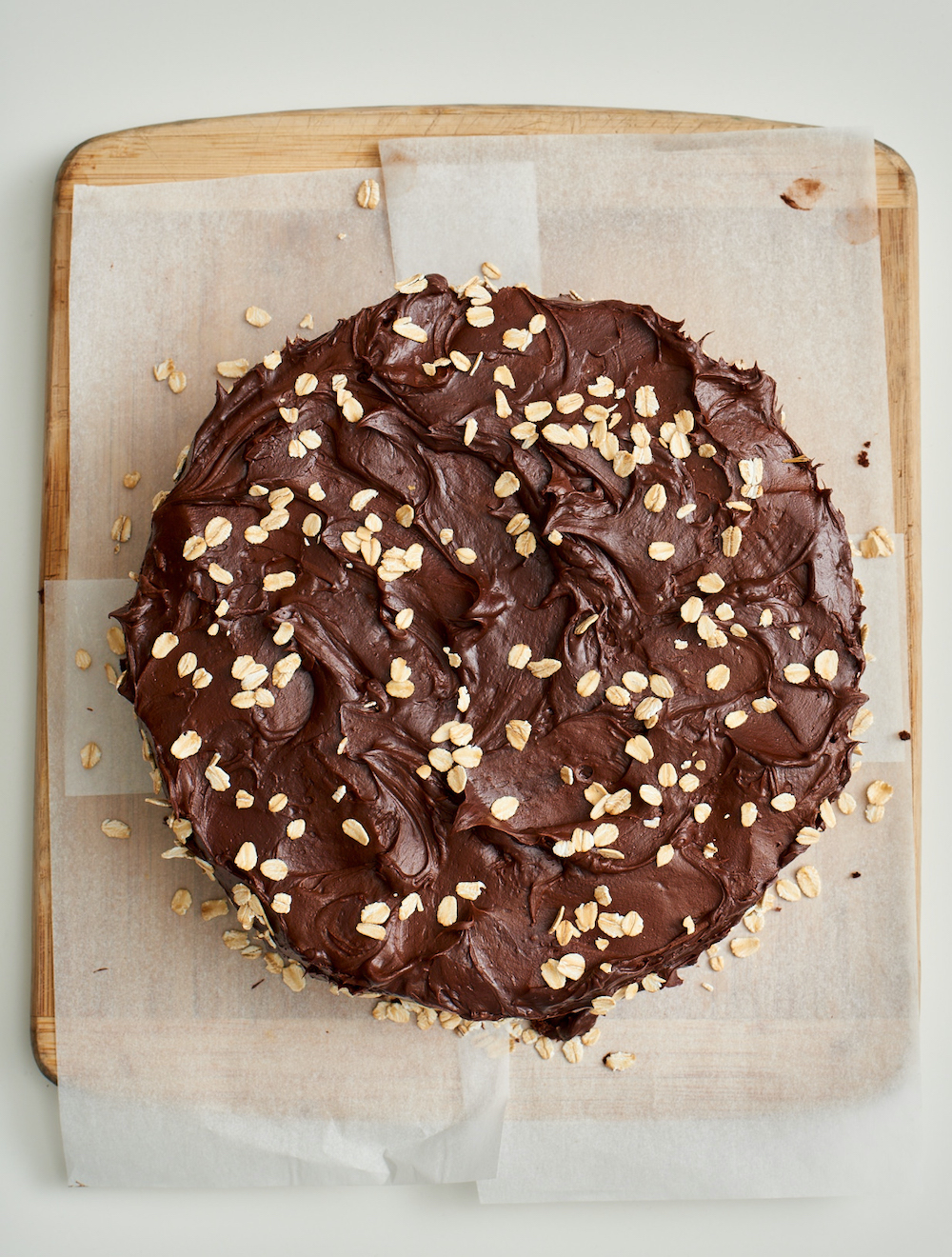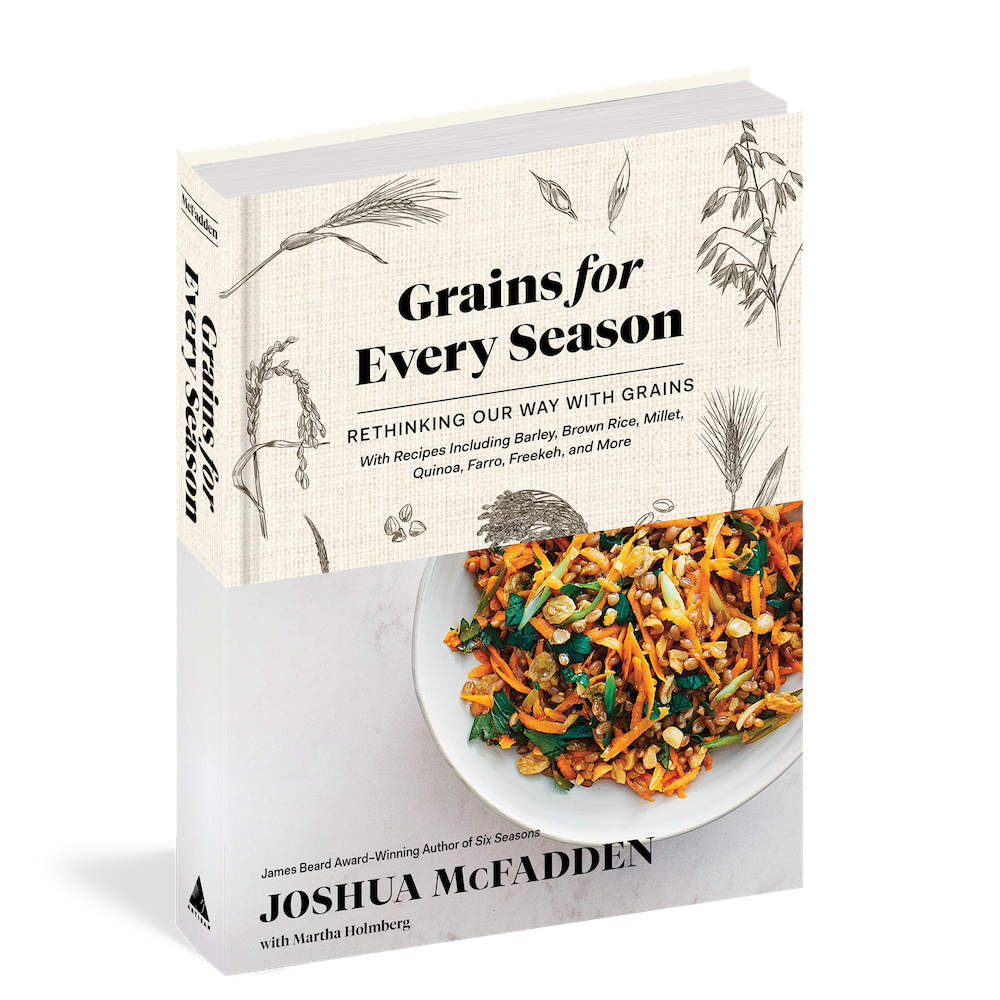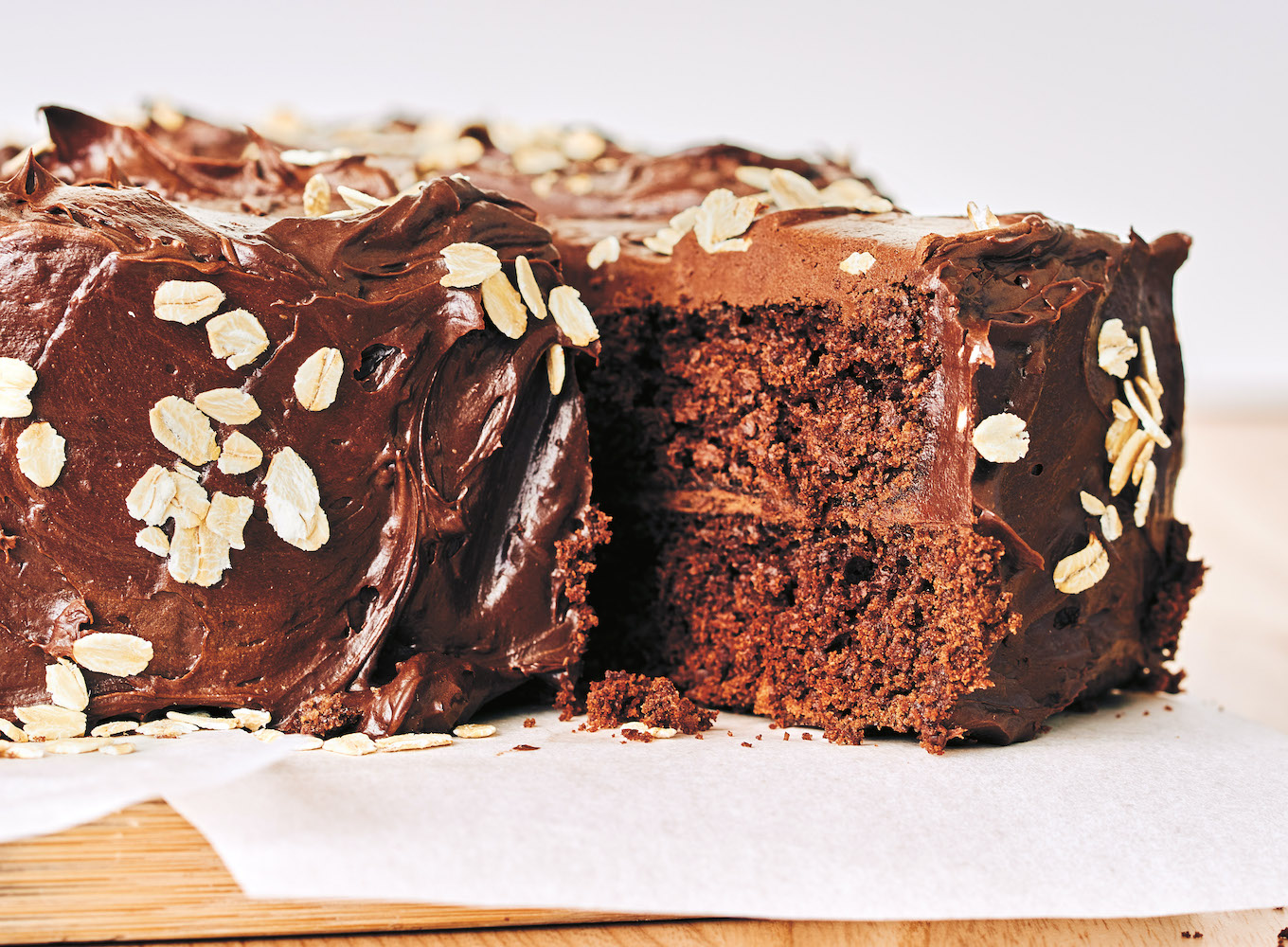
“Like many good things in life,” Joshua McFadden begins his new cookbook, “my appreciation of whole grains began in Italy.” Wise words from the electric talent behind the cult favorite (and James Beard Award-winning) cookbook Six Seasons: A New Way With Vegetables. (Not to mention his incredible kale-sauced pasta.) He’s talking about the farro he made in Italy when cooking at the American Academy, started by Alice Waters. But he could have easily been speaking about oats. We’re thrilled Josh has turned his laser attention to whole grains. In his forthcoming cookbook, Grains for Every Season, he zones in on the grains he uses the most.
He claims it’s not an “encyclopedic” look at whole grains, but lucky for us, a “little” for him is a lot! Think: nine varieties, with “wheat” broken into half a dozen subdivisions: bulgur, freekeh, spelt, wheat berries, whole wheat flour, and, yes, farro.

If you’ve tried oat milk, you know it’s remarkably silky, creamy and, well, not-at-all oaty. Same goes for oats themselves, which the chef is convinced occupy the sweeter end of the grain spectrum. (If you love oatmeal, you’ll likely agree.) This cake is so moist it nearly falls apart in your hungry hands. (There’s a fix for that, and it’s called “chocolate oat milk frosting!”)

“I wrote this cookbook because I want you to love whole grains as much as I do,” he writes, “and I want you to realize that it doesn’t take a lot of effort to incorporate them into your cooking life.” Color us convinced, Chef! He was kind enough to share the recipe with us here.
Super Fudgy Chocolate Oat Layer Cake With Chocolate Oat Milk Frosting

The cake layers are very moist and will be quite fragile, especially if you accidentally underbake them. But the fudgy frosting is there to cover any mishaps, so if your layers rip, just piece them back together as you assemble the cake and know that they will taste perfect. If you make the cake ahead, you can keep it in the refrigerator, but be sure to give it at least one hour to come to room temperature before serving, or the texture will be too crumbly. The cake is gorgeous as is, but you can finish it with a sprinkle of toasted rolled oats.
- Softened butter or baking spray, for the cake pans
- 1 1/2 cups (280 g) granulated sugar
- 3/4 of a cup (90 g) oat flour
- 3/4 cup plus two tablespoons (150 g) whole wheat flour
- 1/2 cup ( (45 g) unsweetened cocoa powder
- 1 1/4 teaspoons baking powder
- 1 1/4 teaspoons baking soda
- 1 teaspoon kosher salt
- 3/4 cup ( (180 ml) unsweetened oat milk
- 1/3 cup (80 ml) olive oil or vegetable oil
- 1 large egg, at room temperature
- 1 1/2 teaspoons pure vanilla extract
- 1/3 cup (80 ml) boiling water
- Chocolate Oat Milk Frosting (recipe follows)
Adjust an oven rack to the middle position. Heat the oven to 325˚F (160˚C). Grease the sides and bottom of two 9-inch (23-cm) cake pans with butter or baking spray. Line the bottoms with rounds of parchment paper and grease the paper
Sift into a medium bowl the sugar, oat flour, whole wheat flour, cocoa powder, baking powder, baking soda, and salt and whisk to combine.
Whisk together the oat milk, oil, egg, and vanilla in a large bowl. Whisk the sugar/flour mixture into the wet mixture and stir or whisk vigorously for about one minute. Stir in the boiling water and mix until combined. The batter will be thinner than you might expect!
Divide the batter evenly between the prepared cake pans (it may seem like there’s not quite enough butter, but it will rise. And the layers are meant to be thin). Bake until the cakes start to feel firm and just start to pull away from the sides of the pan, 25 to 30 minutes. (Note that the traditional “toothpick“ test doesn’t work well for this cake because it is too fudgy; the crumbs will always look wet on the toothpick.) Cool completely in the pans.
The cake layers will be fragile because they’re so moist, so handle with care period run a knife around the edge and flip a layer of the cake on to a serving dish. Remove and discard the parchment. Spread about 1/3 of the frosting over the layer, stopping about 1/4 inch (6 mm) from the edge. Flip the other layer of the cake onto the first layer. Remove and OKdiscard the parchment. Top the sides and top of the cake with the remaining frosting.
Store the leftovers loosely wrapped in the refrigerator, but allow at least 30 minutes for the cake to warm up at room temperature before serving; The texture gets firm and crumbly when cold. Makes one 9-inch (23 cm) two-layer cake
Chocolate Oat Milk Frosting
If you’re a milk chocolate fan, feel free to use milk instead of dark. And, if you don’t have oat milk, another nut milk, coconut milk or, or dairy milk will work just fine.
- 1/2 cup (120 ml) unsweetened oat milk
- 1 1/2 cups (170 g) good-quality semi- or bittersweet dark chocolate, finely chopped
- 8 tablespoons (115 g) unsalted butter, at room temperature
- 1 Cup (120 g) powdered sugar, sifted
- 1/2 cup (45 g) unsweetened cocoa powder
- 1/2 teaspoon kosher salt
Bring the oat milk to a simmer in a medium saucepan over medium heat. Remove the pan from the heat and add the chocolate. Let the mixture sit untouched for a few minutes so the chocolate can melt, then whisk until smooth. Cool to room temperature or just barely warm.
In a stand mixer fitted with the paddle, combine the butter, powdered sugar, cocoa powder, and salt and mix on low speed until it comes together like cookie dough, about two minutes. Add the oat milk/chocolate mixture gradually in about four additions, mixing after each addition until smooth. This frosting stiffens up when it sits; If you won’t use it within about 30 minutes, hold it in a warm place. Makes enough for one 9-inch (23 cm) two-layer cake.
Excerpted from Grains for Every Season by Joshua McFadden (Artisan Books). Copyright © 2021. Photographs by AJ Meeker.
